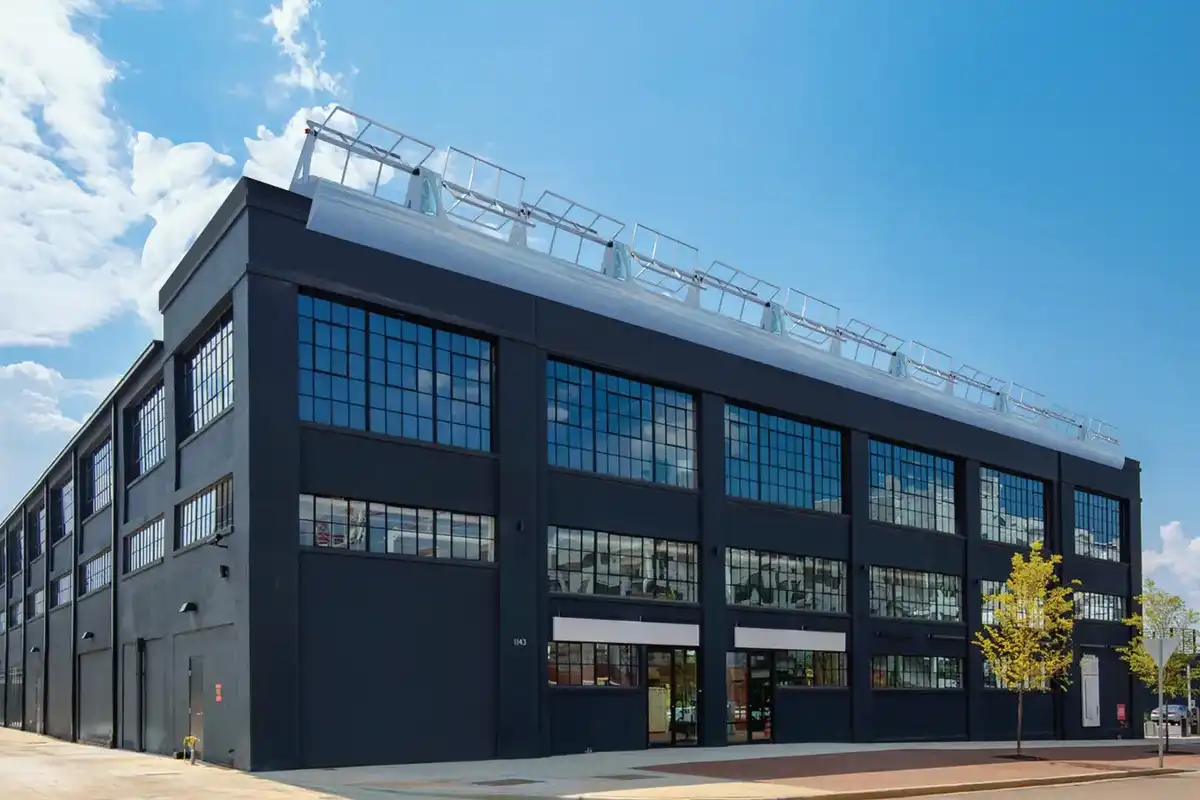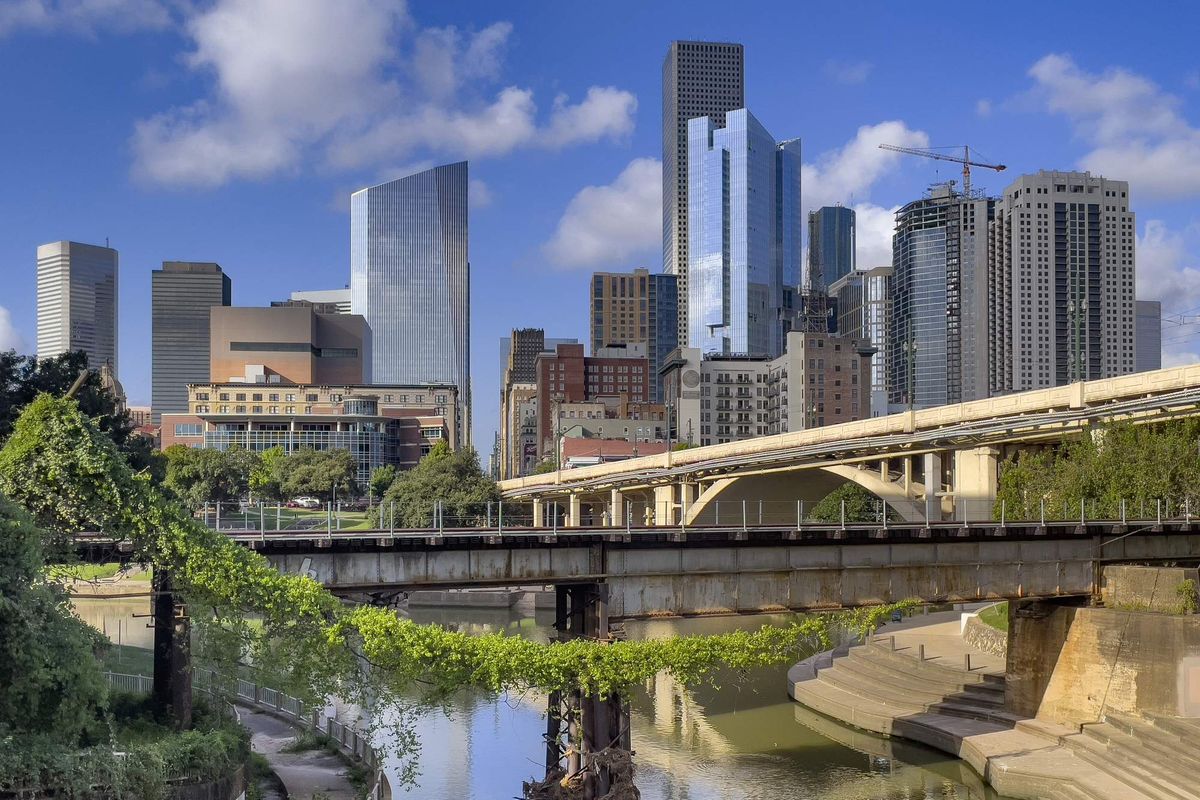Houston company awarded $2.5B NASA contract to support astronaut health and space missions
space health
Houston-based technology and energy solution company KBR has been awarded a $2.5 billion NASA contract to support astronaut health and reduce risks during spaceflight missions.
Under the terms of the Human Health and Performance Contract 2, KBR will provide support services for several programs, including the Human Research Program, International Space Station Program, Commercial Crew Program, Artemis campaign and others. This will include ensuring crew health, safety, and performance; occupational health services and risk mitigation research for future flights.
“This contract reinforces KBR’s leadership in human spaceflight operations and highlights our expertise in supporting NASA’s vision for space exploration,” Mark Kavanaugh, KBR president of defense, intel and space, said in a news release.
The five-year contract will begin Nov. 1 with possible extension option periods that could last through 2035. The total estimated value of the base period plus the optional periods is $3.6 billion, and the majority of the work will be done at NASA’s Johnson Space Center.
“We’re proud to support NASA’s critical work on long-duration space travel, including the Artemis missions, while contributing to solutions that will help humans live and thrive beyond Earth,” Kavanaugh adde in the news release.
Recently, KBR and Axiom Space completed three successful crewed underwater tests of the Axiom Extravehicular Mobility Unit (AxEMU) at NASA's Neutral Buoyancy Laboratory (NBL) at Johnson Space Center. The tests were part of an effort to help both companies work to support NASA's return to the Moon, according to a release.
KBR also landed at No. 3 in a list of Texas businesses on Time and Statista’s new ranking of the country’s best midsize companies.
- Houston space tech joint venture snags contract with NASA valued up to $719M ›
- 13 Houston businesses appear on Time's best midsize companies of 2025 ›
- NASA signs on latest tenant for new Exploration Park campus, now underway ›
- KBR to acquire data analytics co. in $737M deal to better serve national security issues ›






 Axiom has revised its plan for its commercial space station. Image via Axiom
Axiom has revised its plan for its commercial space station. Image via Axiom



